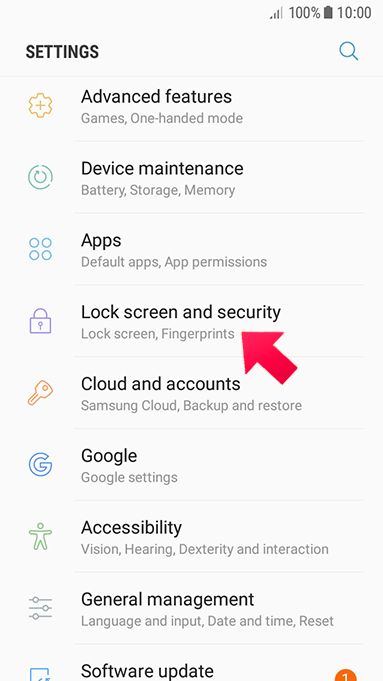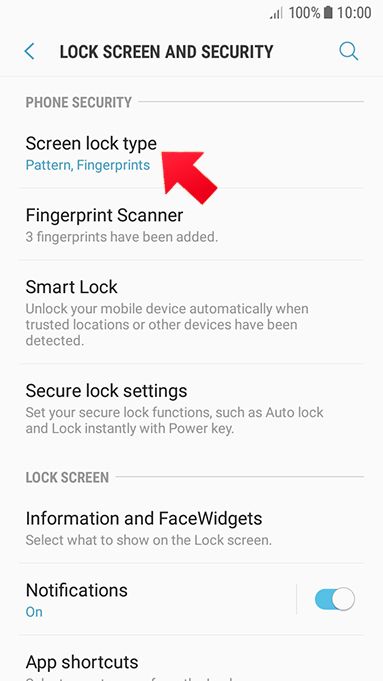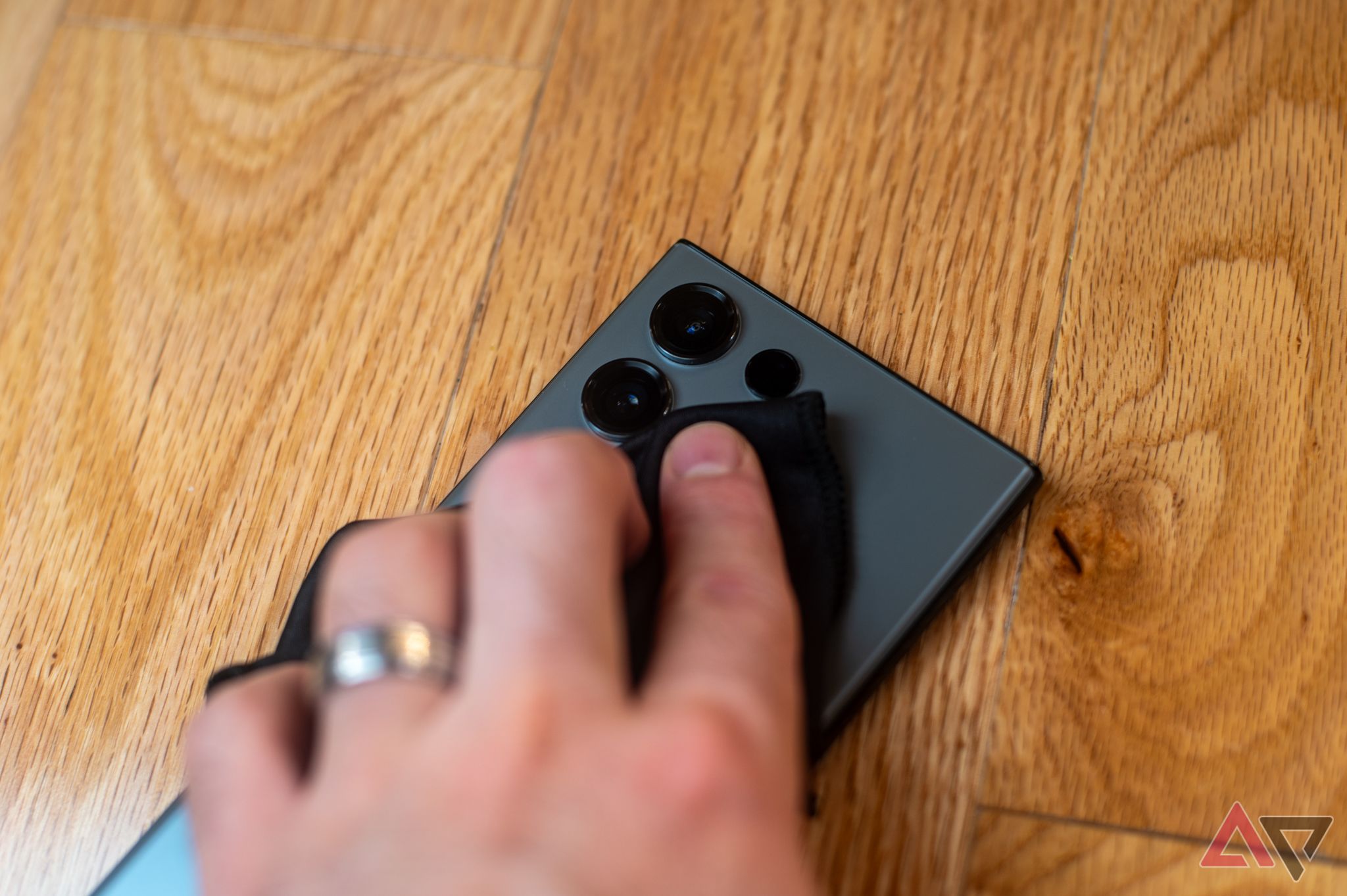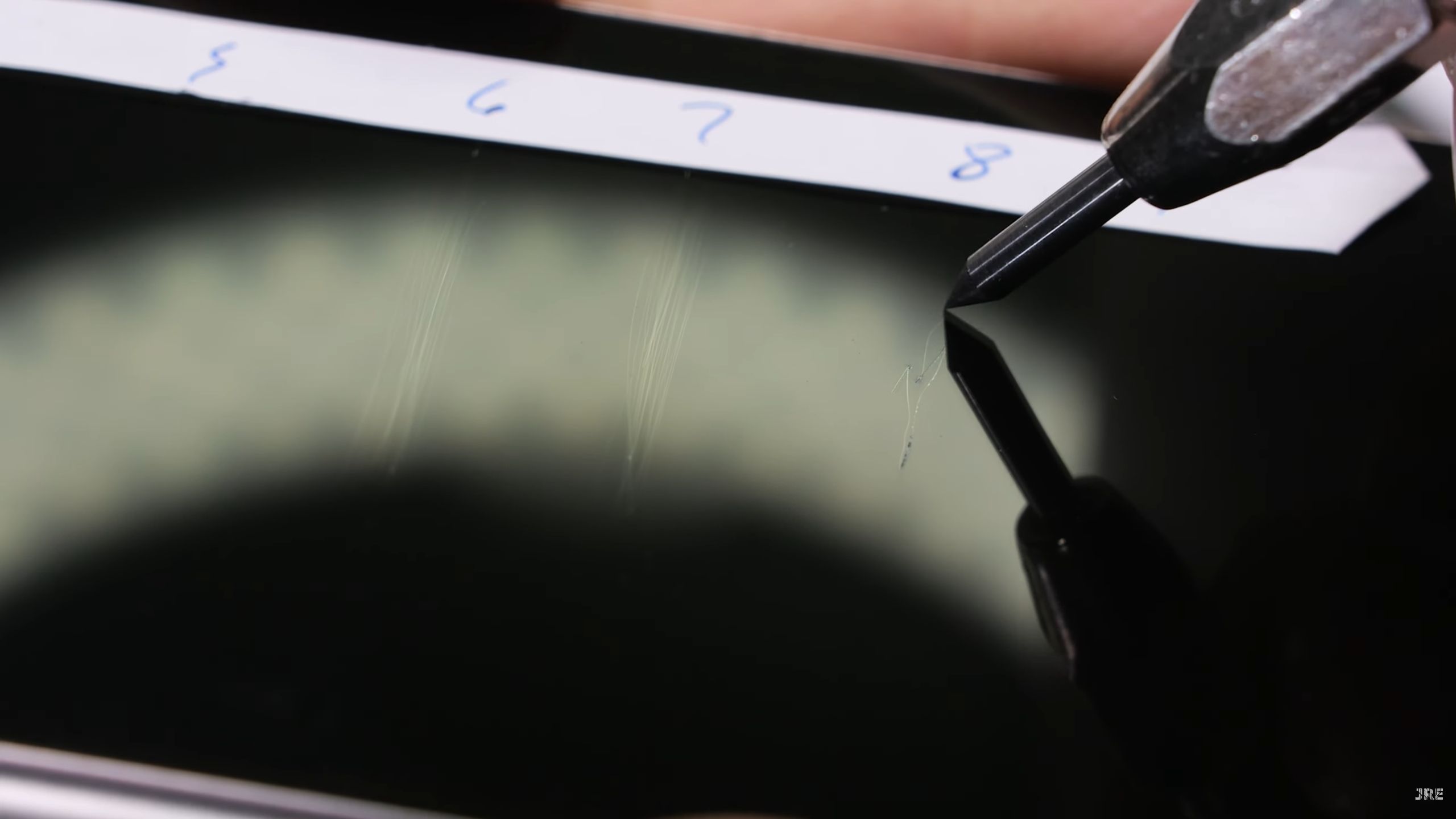Mobile phones have fingerprint sensors on their backs, fronts, side buttons, or under the displays on premium Android models. Although the technology behind fingerprints has advanced, there are moments when phones fail to recognize a registered fingerprint. Depending on the sensor technology, making it more accurate is often a quick fix. Here’s how to make your fingerprint sensors more accurate.
Register the same finger more than once
If you frequently encounter errors when unlocking your phone with the same finger, register that finger again. Android and iOS systems allow you to register multiple fingerprints, and they can be from the same finger. To do so:
1. Tap the Settings icon on your Android device.
2. Select Lock screen and security.
3. Scroll down and tap Screen lock type, then select Fingerprints.


4. Add your fingerprint by following the on-screen instructions and completing the wizard setup.
If you have an iPhone with Touch ID:
1. Navigate to Settings > Touch ID & Passcode, then enter your passcode.
2. Select Add a Fingerprint and hold your device as you normally would when using the Touch ID sensor.
3. Follow the instructions on the screen to add your fingerprint.
The logic behind this is that the first time you register your finger, the scan might not capture every detail. By registering the same finger multiple times, you provide the system with more data points to work with. More scans means more data for the system to match your fingerprint, increasing accuracy and reducing errors.
Have backup fingers registered
Generally, fingerprint sensors perform less effectively on oily or dirty surfaces, except for ultrasonic ones. If the finger you usually use is dirty, occupied, or moist, set up a backup fingerprint for improved accuracy. It’s often handy to use the index finger of your alternate hand, as this finger typically aligns well with the scanner.
Hand sizes and scanner placements vary, so use any finger from the alternate hand that feels comfortable and reliable. Assign names to your fingerprints. This practice doesn’t make your fingerprint reader more accurate, but it has advantages. Identifying and troubleshooting fingerprints that don’t work correctly is easier when you name them.
Align your fingers correctly
Finger placement is key to getting the best performance out of your fingerprint scanner. Cover the scanner fully with your fingertip, placing it flat without any tilt, either vertically or horizontally. This ensures that the fingerprints captured are flat and centered.
Apply gentle pressure until your finger slightly compresses against the sensor. Also, your finger needs to be clean. If you just washed your hands, your fingertips may be wrinkled due to moisture, which can impede the fingerprint scanner’s ability to read your prints accurately. Make sure your hands are dry but not overly so. A little moisture can help before you do a fingerprint scan.
Keep your sensor clean
If the scanning surface area of the fingerprint sensor is dirty, you’ll have trouble scanning fingerprints during the authentication process. To avoid this, start by cleaning the surface.
1. Gently wipe the sensor’s surface with a soft, lint-free microfiber cloth to remove dirt, dust, or smudges.
2. Moisten a cotton swab or Q-tip with 70% isopropyl alcohol, ensuring it’s damp but not soaking wet. Apple, Samsung, and Google recommend using isopropyl alcohol-based cleaning wipes on their devices.
3. Use the moistened swab to gently wipe the fingerprint sensor’s surface in a circular motion, removing remaining dirt, smudges, or residue.
4. Air dry the sensor for a minute to let the isopropyl alcohol evaporate completely.
Since a dirty phone can transfer dust and oils from the screen to the home button, leading to a dirty fingerprint scanner, make it a habit to keep your entire phone clean, not only the scanner.

How to clean your phone and screen
Bringing life back to your device through cleaning
Remove or change your screen protector
If your under-display fingerprint sensor seems unresponsive, it might be due to the screen protector you use. Sometimes, screen protectors, notably thicker ones like tempered glass, tend to reduce touch sensitivity. Take off the screen protector to check if sensor performance improves.

‘9H hardness’ is meaningless for glass screen protectors
Why you shouldn’t care about the industry’s favorite buzzword
To avoid future problems, get a screen protector with a cutout for the fingerprint sensor and make sure it’s properly installed. If you prefer glass protectors, adjust the touch sensitivity settings on your phone to improve the fingerprint scanner’s responsiveness.
Re-calibrate your fingerprint
The longer you use your phone, and with more handling, it settles into a consistent pattern. After weeks of using your phone, you’ve likely developed muscle memory, so you’re now unlocking it at a different angle than when you first registered your fingerprint.
Clear the old fingerprints if the fingerprint sensor isn’t as responsive as it once was. Start fresh and calibrate the sensor to your current usage and grip.
Update, diagnose, or replace
Get the most out of your budget Android phone’s hardware by staying up to date with software. Sometimes, fingerprint sensors have bugs that manufacturers have fixed in past updates. The easiest way to update your Android is to go to Settings > System > System Updates and tap Download and Install. If the issue remains after updating, seek help from an authorized service center for detailed diagnostics. If your phone is under warranty, it’s worth replacing it if your fingerprint sensor is not working out of the box.
Source link


